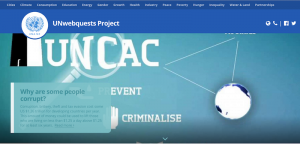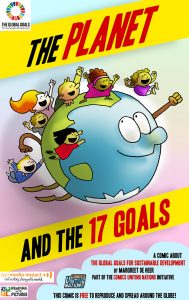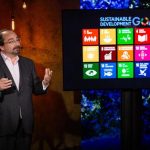This video shows a great way to group the SDGs to make them more easily understood and used by students and the wider community.
Asbergers is a superpower
At 16, climate activist Greta Thunberg has been called the greatest threat to the world’s fossil fuel industry. The teenager first made headlines last year with her solitary strike against climate change outside Sweden’s parliament – since then, she’s inspired millions of supporters to rally in more than 150 countries. Here is her first interview on CBS News:
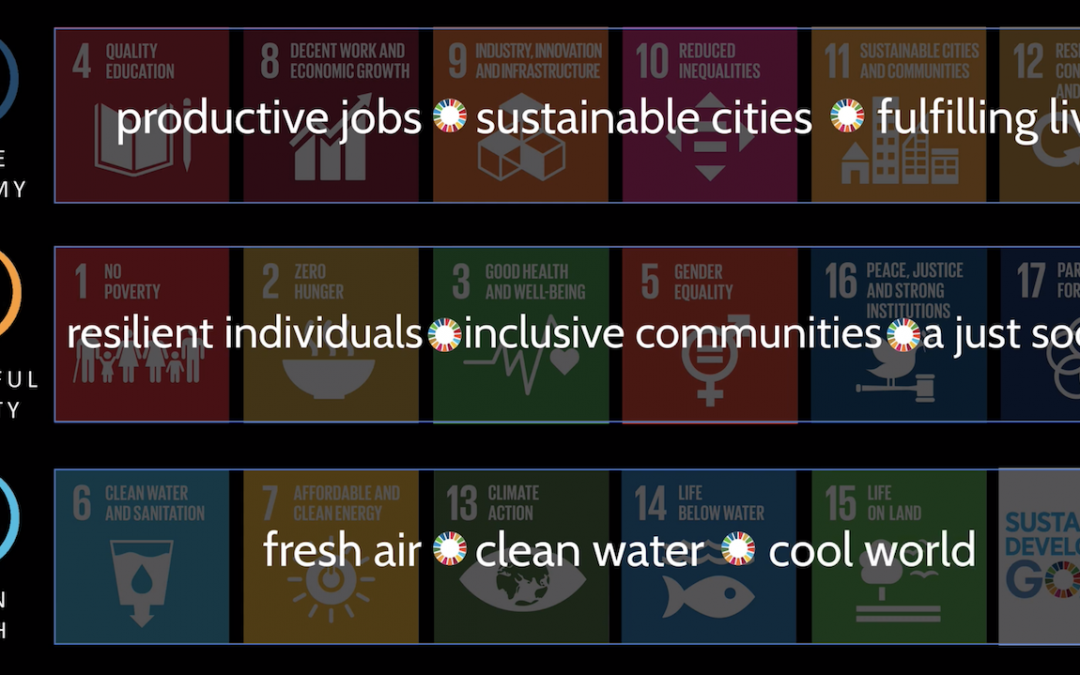
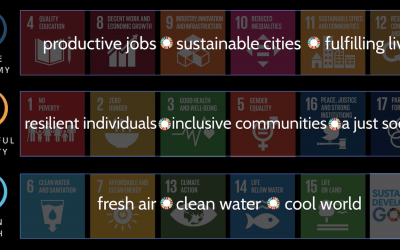

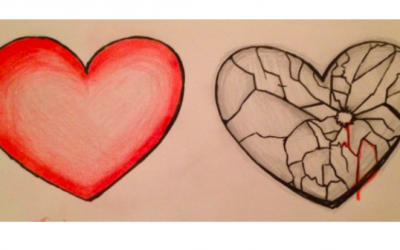

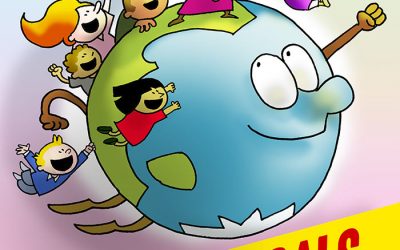
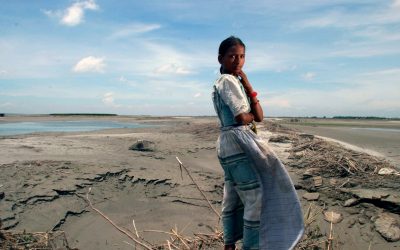
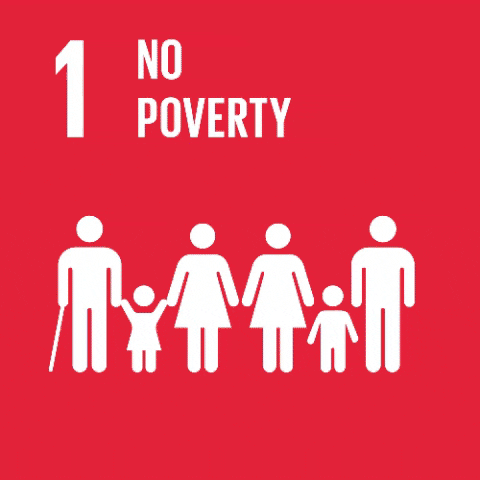
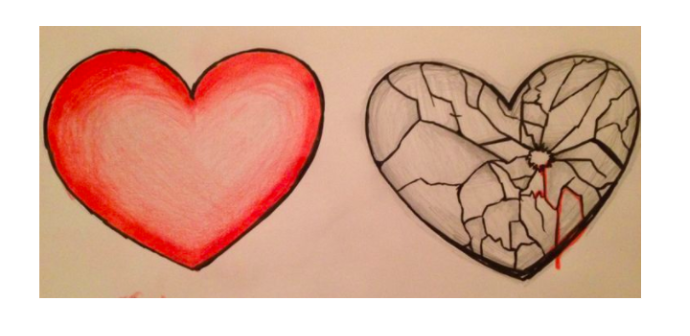
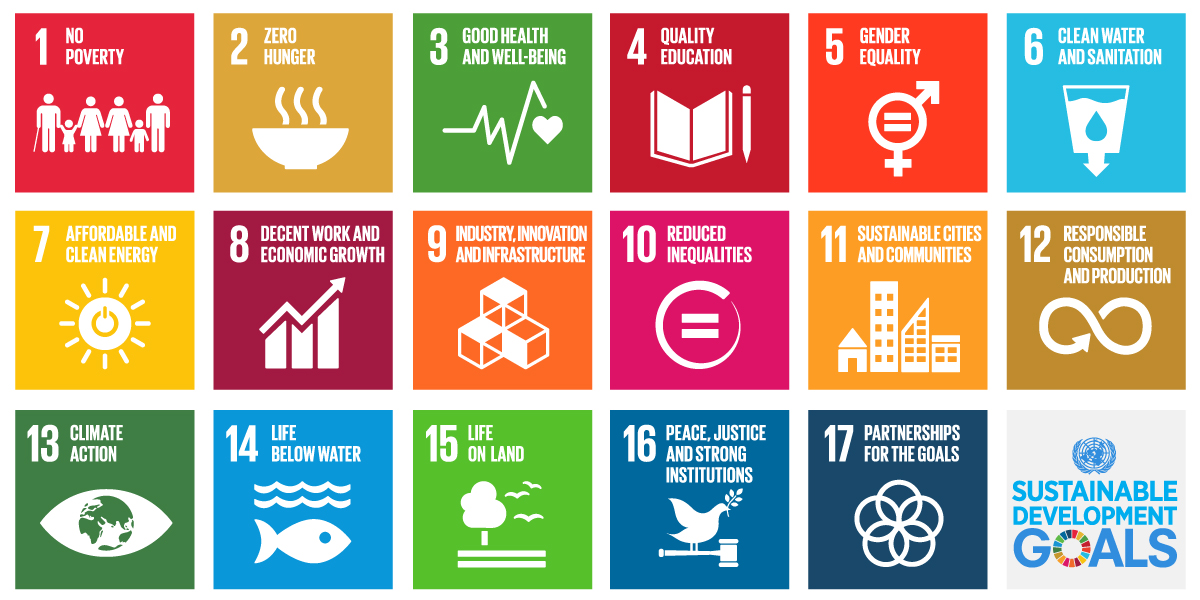
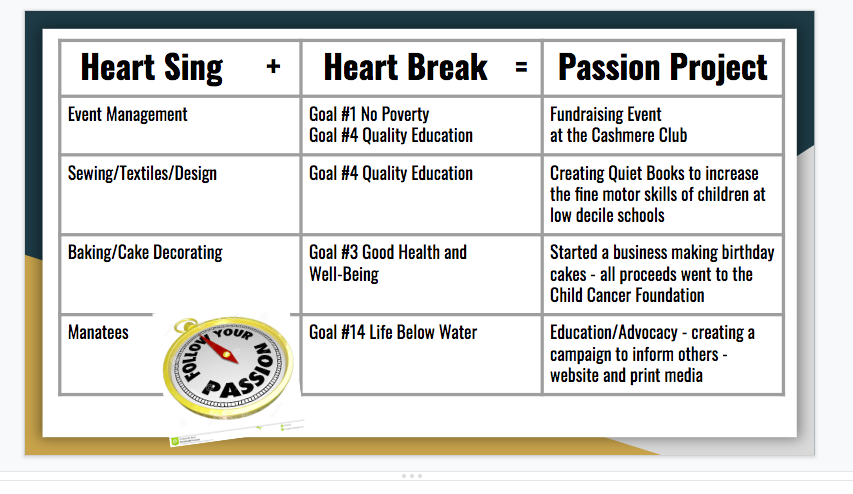
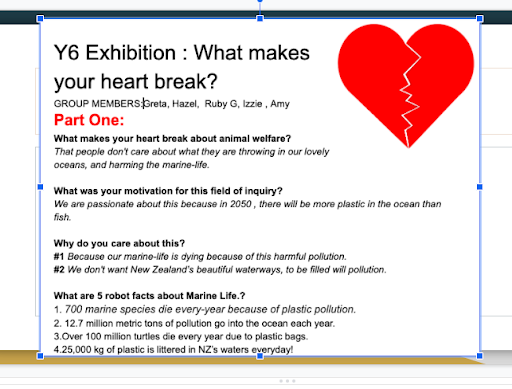
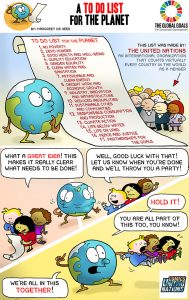 Starting with student passions and local needs is one of the most effective ways to teach with and through the SDGs. This will enable you to easily contextualise the issues and your students will be more likely to see them as relevant and pressing (which they are).
Starting with student passions and local needs is one of the most effective ways to teach with and through the SDGs. This will enable you to easily contextualise the issues and your students will be more likely to see them as relevant and pressing (which they are).